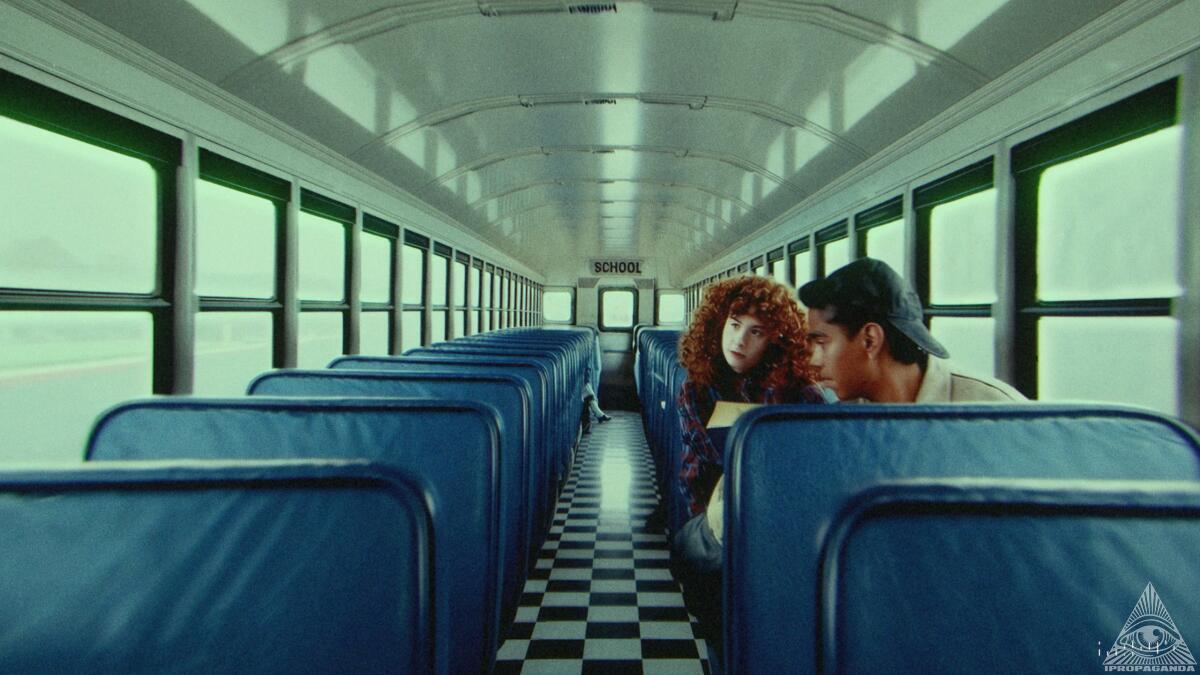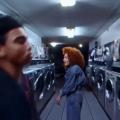
The New Frontier
In the evolving landscape of music production, the integration of Artificial Intelligence (AI) has sparked a fervent debate among artists, fans, and critics alike. This week's release of "The Hardest Part" by Washed Out, accompanied by its first-ever AI-generated music video directed by Paul Trillo, is a pivotal example of this modern intersection between technology and artistry. This integration redefines visual storytelling and tests the boundaries of what is artistically acceptable to general audiences.
The Innovation and Artistry of AI in Music Videos
Paul Trillo's approach to the music video for "The Hardest Part" exemplifies the innovative potential of AI within the music industry. By employing AI, Trillo could explore unique visual effects and narrative techniques that might have been impossible through traditional means. The video's AI-driven aesthetics create a surreal, almost dream-like quality that complements the ethereal tone of Washed Out's chillwave sound. This synergy between AI capabilities and artistic vision showcases the potential for new forms of expression and the expansion of creative boundaries in music videos.
Efficiency and Evolution of Aesthetic Styles
AI technologies promise efficiency in the creative process, allowing for the rapid generation of complex visual elements that can be time-consuming and costly to produce manually. For artists operating under tight deadlines or limited budgets, AI can offer a practical solution without compromising on quality or artistic intent. Additionally, the distinct styles rendered through AI can evolve into new visual trademarks for artists, potentially setting trends within the music industry.
The Creepiness Factor: A Double-Edged Sword
Despite the advantages, the use of AI in creating such content isn't without its controversies, particularly regarding the 'creepiness' factor—a sentiment highlighted in a critical discussion on Boing Boing. This notion relates to the "uncanny valley," where AI's close replication of human characteristics generates a sense of unease or discomfort among viewers. In "The Hardest Part," some fans expressed that the hyper-realistic yet slightly off visuals produced by AI ventured too close to this unsettling territory, turning what is meant to be an artistic experience into something eerie and disconcerting.
Cultural and Artistic Implications
This reaction taps into broader cultural fears about AI's role in our lives, echoing anxieties about authenticity and the mechanization of human experiences. Art has traditionally been a purely human endeavor, and the intrusion of AI challenges the notion of art as an expression of human emotion and imperfection. The debate extends beyond technical achievements, touching on philosophical questions about the role of the human touch in art.
Future Prospects and Industry Adaptation
AI in music video production, pioneered by artists like Washed Out and directors like Paul Trillo, might continue to polarize opinion. However, it also opens up a landscape of possibilities for exploring complex emotional and existential themes in ways previously unimagined. As technology matures and the industry adapts, the creative world may see a new era where AI collaboration becomes as commonplace and accepted as other technological advancements in music production.
Conclusion
Washed Out's "The Hardest Part" stands not only as a testament to the evolving capabilities of AI in the music industry but also as a catalyst for ongoing debate about integrating technology into creative expression. Whether perceived as a groundbreaking artistic leap or an unsettling glimpse into a tech-dominated future, the project marks a significant moment in the dialogue between technology and art. As this conversation continues, it will undoubtedly shape the trajectory of music production and artistic expression in the digital age, inviting creators and audiences to redefine what art can be.


